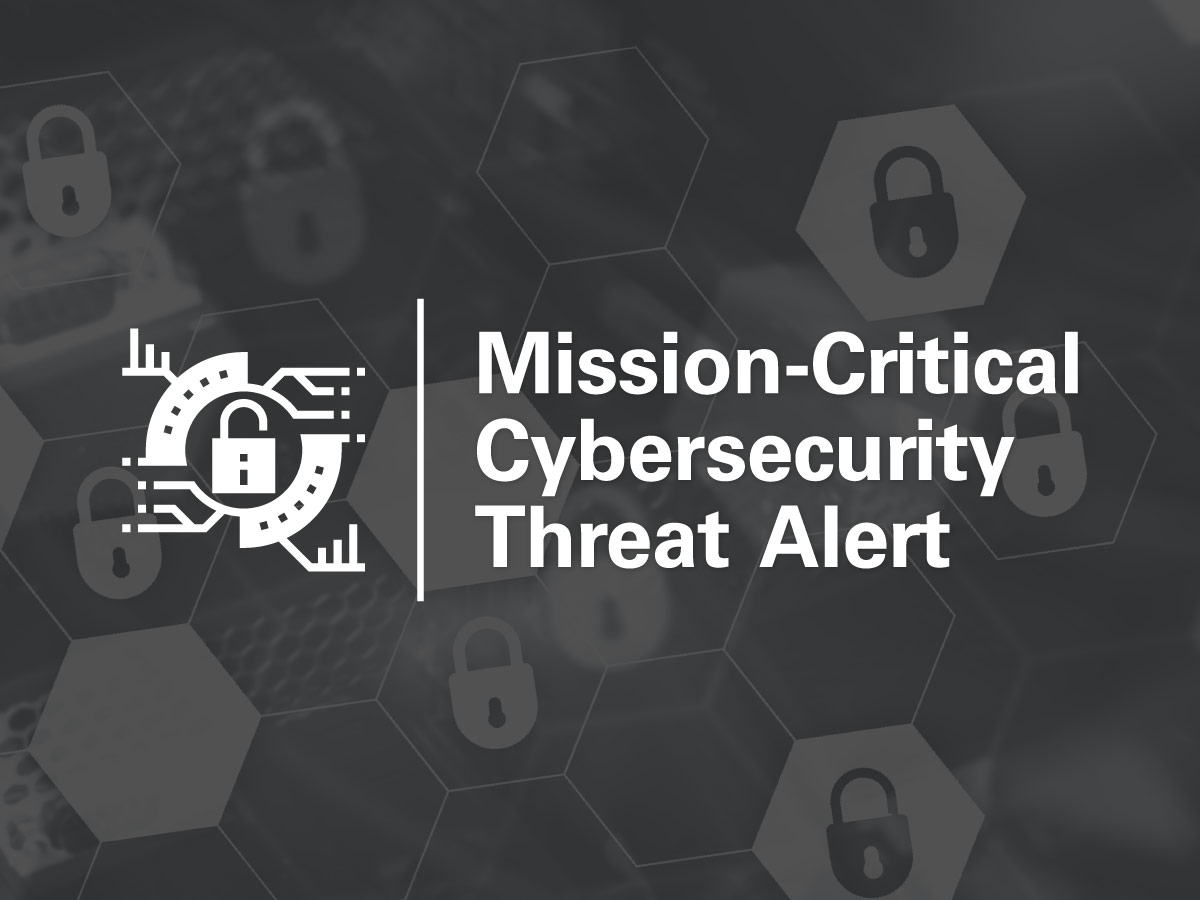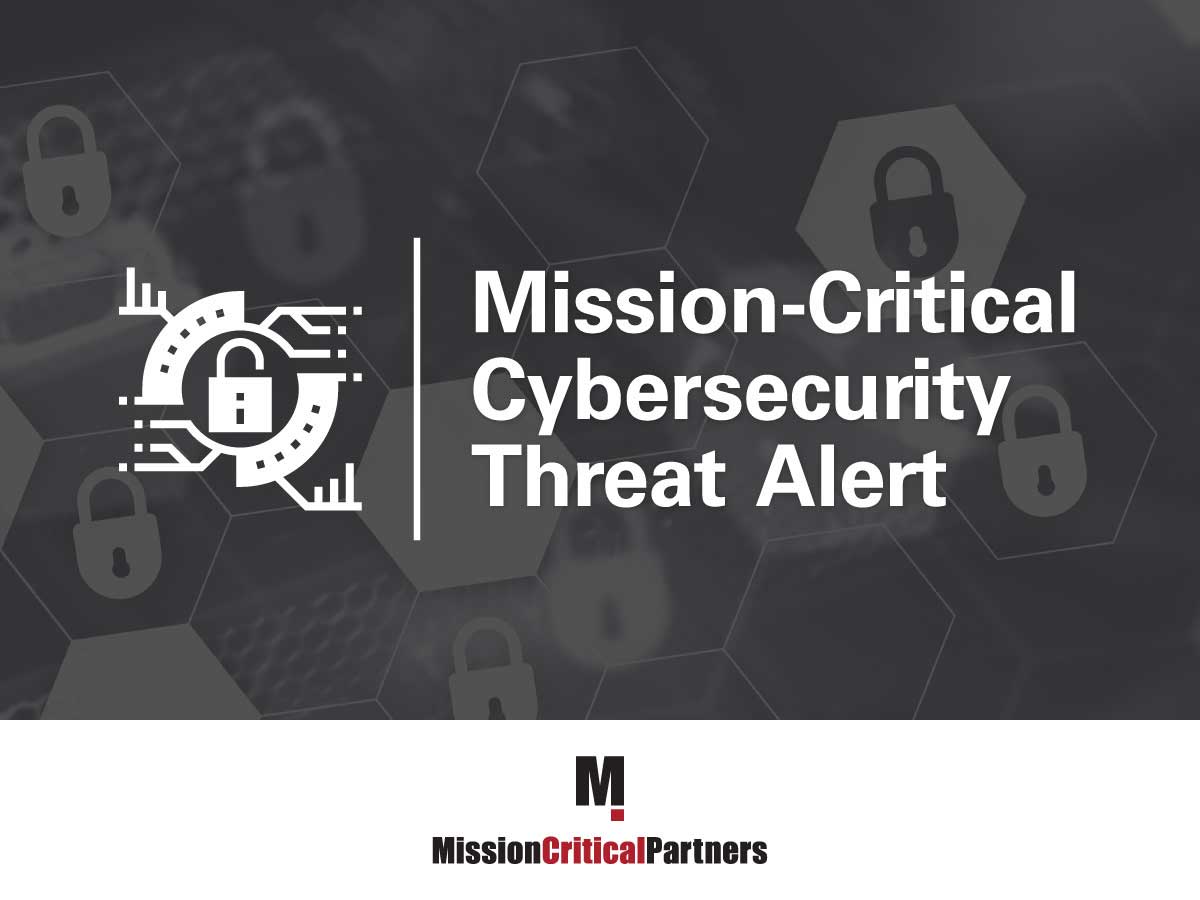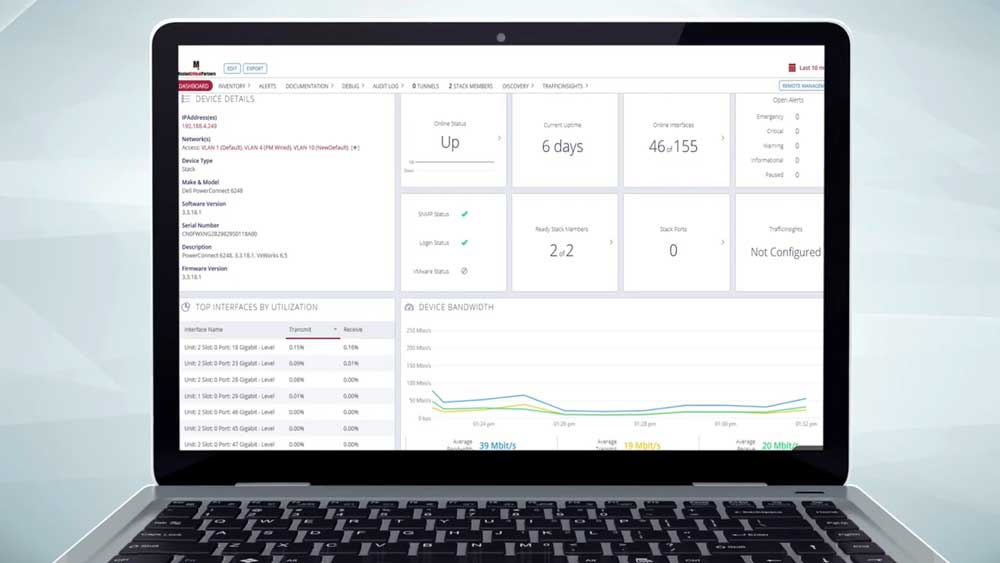In the United States, a public utility commission (PUC) is an entity that, under any state law, has regulatory jurisdiction with respect to intrastate operations of utilities. (In some states, such entities are known as public service commissions or corporate commissions.) PUCs set rates and tariffs, ensure the effectiveness of services provided by companies in the water/wastewater, electrical, natural gas, transportation and telecommunications sectors, and address consumer protection and complaints.
In the past, PUCs have performed an oversight role regarding legacy 911/Enhanced 911 (E911) services, which traditionally have been delivered by telecommunications carriers to emergency communications centers (ECCs)—also known as public safety answering points (PSAPs)—over wireline copper frameworks, but this may not be the case in the future regarding Internet Protocol (IP)-enabled Next Generation 911 (NG911) services, which are delivered over wireless, broadband or fiber-optic infrastructures.











